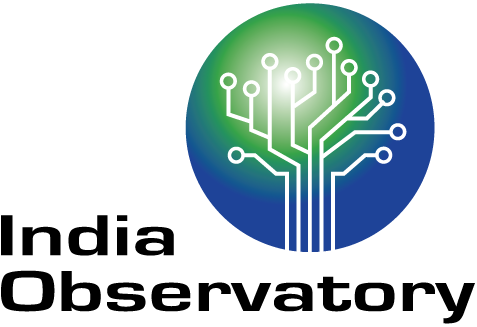India is the largest groundwater user in the world, using 25% of all groundwater extracted every year globally. 70% of agriculture and 85% of our drinking water supply depends on groundwater. The major component of the groundwater extracted (89%), is used in the irrigation sector, followed by domestic use (9%) and lastly industrial use (2%). 50% of urban water requirements and 85% of rural domestic water requirements are fulfilled by groundwater.
India is fast moving towards a crisis of groundwater overuse and contamination. The data on groundwater levels for most parts of the country is unavailable. Lack of good quality, location-specific data hinders sustainable management of groundwater in the country.
There is an urgent requirement to make a shift from groundwater development to its management by identifying and mapping aquifers, quantifying the available groundwater potential, and proposing plans appropriate to the aquifer characteristics, the scale of demand, and the institutional arrangements for management. A robust understanding of the state of aquifers in India will help in their management and governance at the local level.
The Groundwater Monitoring Tool (GWMT) is aimed at addressing this major challenge in the estimation of groundwater resources and help bridge this gap. The GWMT, an open-source android tool, enables the collection of water level data of wells and its collation on a web platform for easy access by all.
The Tool uses a standard methodology for data collection to ensure data quality. Addressing the inconsistency in existing datasets, the tool pools together data from various decentralized data repositories present with various Non-Government Organisation (NGOs) and Community Based Organisations (CBOs), thus giving a more detailed picture of the groundwater level across the country.
Further, the primary data collected on ground by an organisation or field cadre is combined with various secondary data layers present on the India Observatory platform to gain further insights through analysis.
Finally, by making good quality granular data available on an open-access web platform, it improves access to data for all stakeholders.
Read More
